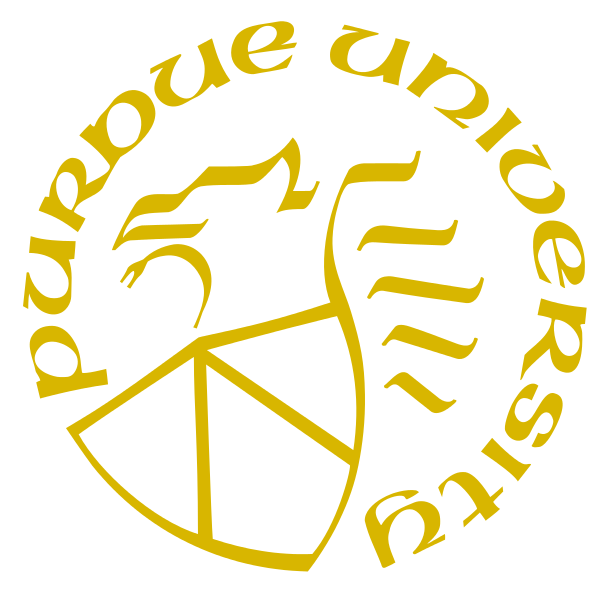Problem C
Is-A? Has-A? Who Knowz-A?
Two familiar concepts in object oriented programming are the is-a and has-a relationships. Given two classes A and B, we say that A is-a B if A is a subclass of B; we say A has-a B if one of the fields of A is of type B. For example, we could imagine an object-oriented language (call it ICPC++) with code like that in Figure 1, where the class Day is-a Time, the class Appointment is both a DateBook and a Reminder, and class Appointment has-a Day.
class Day extends Time class Appointment extends Datebook, Reminder
{ {
... private Day date;
} ...
}
These two relationships are transitive. For example if A is-a B and B is-a C then it follows that A is-a C. This holds as well if we change all the is-a’s in the last sentence to has-a’s. It also works with combinations of is-a’s and has-a’s: in the example above, Appointment has-a Time, since it has-a Day and Day is-a Time. Similarly, if class DateBook has-a Year then Appointment has-a Year, since Appointment is-a DateBook.
In this problem you will be given a set of is-a and has-a relationships and a set of queries of the form A is/has-a B. You must determine if each query is true or false.
Input:
Input starts with two integers $n$ and $m$, ($1 \leq n,m \leq 10\, 000$), where $n$ specifies the number of given is-a and has-a relationships and $m$ specifies the number of queries. The next $n$ lines each contain one given relationship in the form $c_1$ $r$ $c_2$ where $c_1$ and $c_2$ are single-word class names, and $r$ is either the string “is-a” or “has-a”. Following this are $m$ queries, one per line, using the same format. There will be at most $500$ distinct class names in the $n+m$ lines, and all class names in the last $m$ lines will appear at least once in the initial $n$ lines. All is-a and has-a relationships between the given classes can be deduced from the $n$ given relationships. Is-a relationships can not be circular (apart from the trivial identity “$x$ is-a $x$”).
Output
For each query, display the query number (starting at one) and whether the query is true or false.
| Sample Input 1 | Sample Output 1 |
|---|---|
5 5 Day is-a Time Appointment is-a Datebook Appointment is-a Reminder Appointment has-a Day Datebook has-a Year Day is-a Time Time is-a Day Appointment has-a Time Appointment has-a Year Day is-a Day |
Query 1: true Query 2: false Query 3: true Query 4: true Query 5: true |

